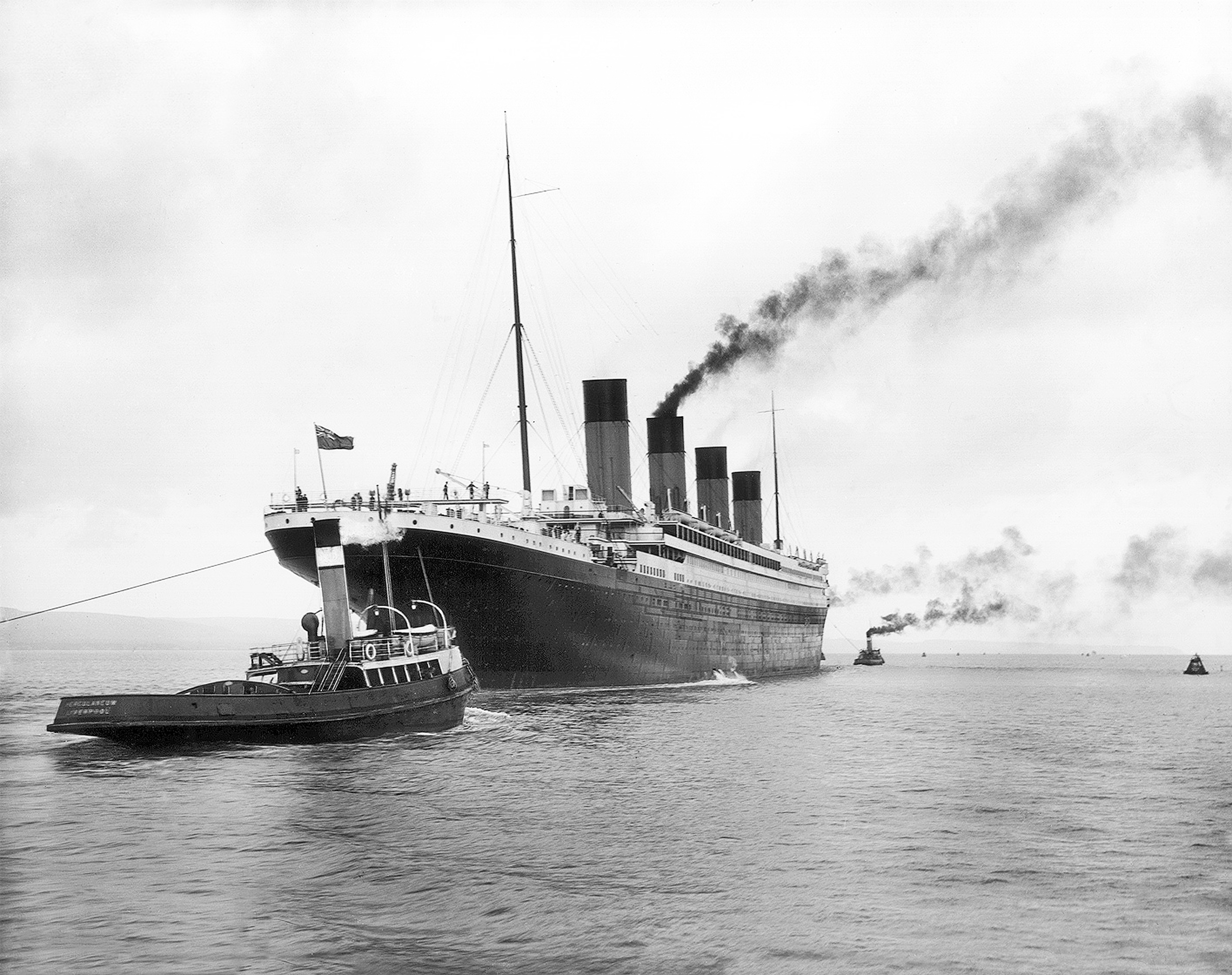The Titanic, a name synonymous with maritime grandeur, was undeniably the largest ship of its time in 1912. However, when compared to modern cruise ships, the Titanic’s size pales in comparison. This article delves into the significant differences in dimensions between the Titanic and today’s colossal cruise liners.
A Tale of Two Sizes: Titanic vs. Modern Cruise Ships
The Titanic boasted impressive dimensions for its era: 882.5 feet long, 92 feet wide (at its widest point or beam), and 10 decks high. These measurements, while groundbreaking in the early 20th century, are dwarfed by the behemoths sailing the seas today.
Take Royal Caribbean’s Icon of the Seas, set to debut in 2024, as a prime example. This modern marvel stretches an astounding 1197.5 feet in length, boasts a beam of 213 feet, and towers with 20 decks. The sheer difference in scale becomes readily apparent when comparing these figures.
The stark contrast in size between the Titanic and contemporary cruise ships has recently ignited discussions on social media, sparked by the release of the first complete digital scan of the Titanic wreckage. Images comparing the two eras of shipbuilding have gone viral, leaving many astonished by the sheer scale of modern vessels.
One widely shared image depicts the Titanic dwarfed by a modern cruise ship, highlighting the dramatic evolution in ship size over the past century. Reactions ranged from disbelief and awe to humorous observations about the iceberg that tragically sank the Titanic.
The Titanic: A Giant of Its Time, Dwarfed by Today’s Standards
While the Titanic remains a legendary vessel, its size is significantly surpassed by today’s cruise ships. Modern engineering and advancements in shipbuilding have allowed for the construction of floating cities that cater to thousands of passengers with unprecedented amenities.
The newly released digital scan of the Titanic wreckage, showcasing the ship’s deteriorated remains on the ocean floor, provides a poignant reminder of its historical significance. The ship, now broken into two sections separated by a significant distance, rests at a depth of 12,467 feet in the Atlantic Ocean.
The detailed scan allows researchers to study the wreckage in unprecedented detail, moving beyond speculation and towards a more factual understanding of the Titanic’s demise. This technological advancement ensures that the legacy of the Titanic, while overshadowed in size by modern vessels, continues to contribute to our understanding of maritime history. The significant size difference between the Titanic and today’s cruise ships underscores the remarkable progress made in shipbuilding technology and the ever-growing demand for larger and more luxurious cruise experiences.

